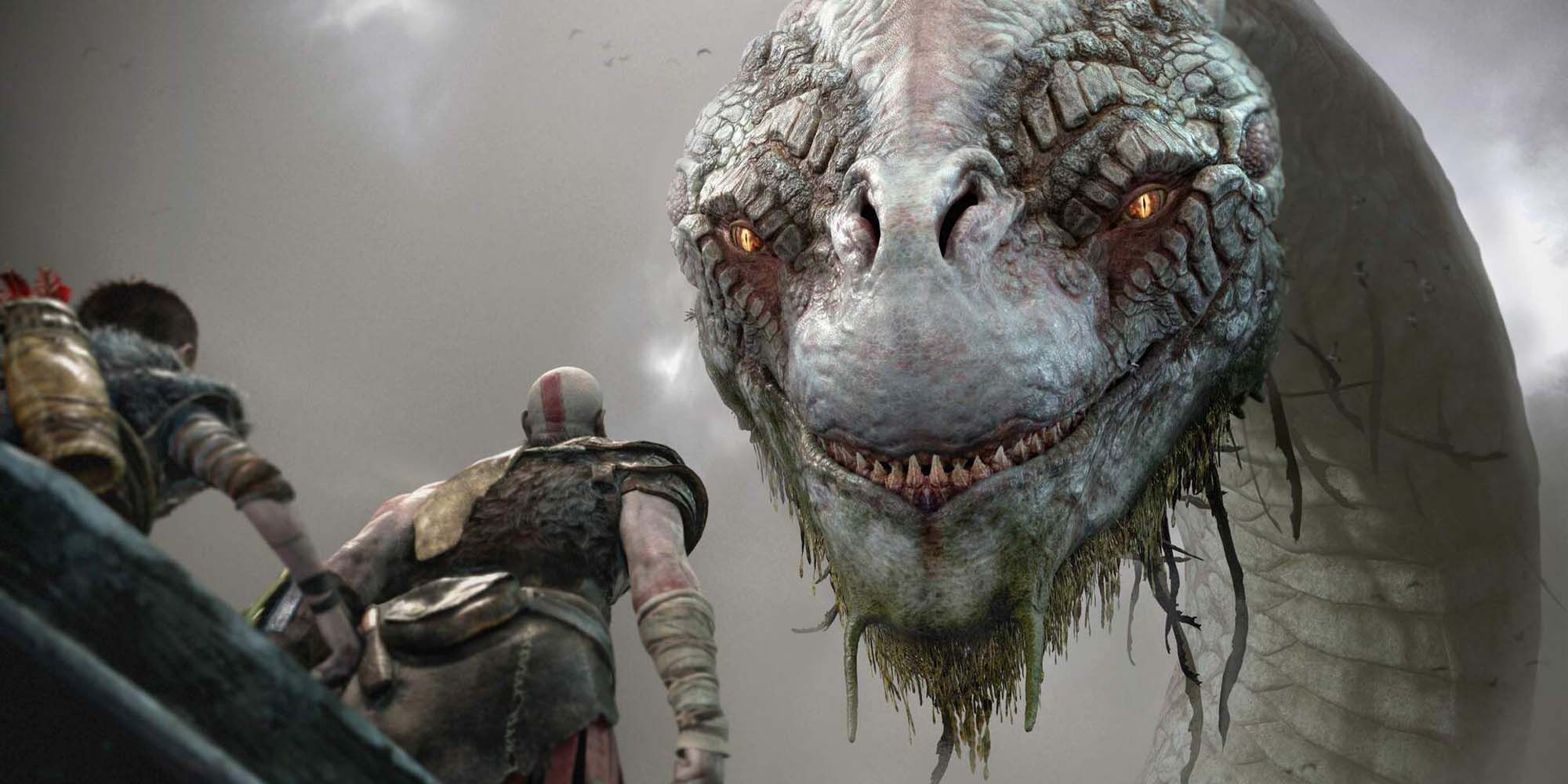God of War Ragnarok is such a lengthy game that keeping up to date on everything going on only becomes more challenging as the hours pass. Add to this the previous game making things more complicated when you haven’t played it, and you’ve got yourself a recipe for confusing times where some moments make little to no sense.
The 2018 God of War introduces essential stories that are further explored in its sequel, and you’ll be unaware of a good amount of these unless having played Ragnarok’s predecessor. This is never more obvious than when referencing the little moments.
This article contains spoilers for God Of War and God Of War Ragnarok.
9 Conflict Of The Light And The Dark
The first real realm you visit in God of War is Alfheim, to search for the light of the realm that allows you to progress past a black fog. Once there you enter upon the conflict between Light and Dark Elves, you’re unsure why this conflict is happening. As Kratos says best, it’s not your concern. All you know is that the two are at war with each other.
Upon returning to Alfheim in Ragnarok, the Light Elves have completely taken over the realm, because of your fighting against the Dark Elves in the first game. Neither side is faultless in the matter, but it's a choice with consequences nonetheless.
8 How Atreus Has Changed
Atreus is 11 in God of War, and 14 in Ragnarok. Two very different, yet pivotal, ages. At 11, Atreus is rash with his decision-making, having a lot to still learn about the world. He’s also very much under the constant watch of his father. At age 14, Atreus is still rash in his decisions, though he goes out of his way to journey further into his fate despite the wishes of his father.
It’s a rebelliousness in a different way to how most teens act, as he isn’t solely doing it to be contrary to Kratos, but instead, to help others in ways he knows are possible. The 2018 version of Atreus is a far-cry from Ragnarok.
7 Reclaiming The Blades Of Chaos
In the original God of War games, Kratos’ main weapon is the Blades of Chaos; it’s only in the 2018 game that his main weapon is instead the Leviathan axe. If you haven’t played either of these and your first introduction to the God of War world is Ragnarok, you’ll be unaware of the deep-rooted history of the blades, and Kratos’ choice to lay them down.
These are the blades used to kill countless enemies in the older games, many of who were undeserving of their fate. Because of this, they’re a reminder of a past he wishes to stay buried.
Kratos only decides to wield them once more when Atreus' life is put in danger, with Kratos now using the blades to remind himself always to be better.
6 The Pain Of Freeing The Valkyries
Valkyries are the most impressive spectacle of the 2018 game. Not only are they a pain in your side to beat, but there’s an interesting reason why you’re fighting them without pushing the beings into an evil stereotype. Valkyries have been corrupted by Odin and trapped in their physical forms, and Kratos must defeat each Valkyrie to help restore the now out-of-balance Helheim.
The mission is completely optional and something you won’t be prepared for until way after the story, but by the time of Ragnarok, it is treated as the canon outcome of 2018's game.
5 Returning Enemies
One good thing about not having played the 2018 game is that you now only have to deal with a story’s worth of battling Nightmares and Revenants; two of the most infuriating enemies of the duology. Other enemies also make a return like the Reavers, Dark Elves, Ogres, Ancients, Draugr, and Soul Eaters. Sure, Ragnarok has a long list of new enemy types, especially in the later stages, but there are also a few returning ones, with slight changes to their designs.
You can sometimes spot Kratos commenting on having fought them before by looking in his journal, as well as allies mentioning you having fought them, particularly with Mimir.
4 The Difference In Game Design
Game design isn’t majorly dissimilar between the two. You have puzzles, rowing across the Nine Realms, and enemy wave sections during missions. However, the most noticeable difference is the scope of these levels, and how many things there are to loot. In the 2018 version, there are plenty of chests, but fewer of them because of the smaller areas. In Ragnarok, the mission areas span further, and so there are also more puzzles to complete, and chests to loot as you proceed.
Looting does become less important in Ragnarok down to this, but it also means you never feel pressured to explore everything the moment you spot it.
3 Freya’s Anger With Mimir
It’s clear from the first scenes with Mimir and Freya in both games that there is a troubled past between the two. You can learn some of their history in Ragnarok, although some pieces are left omitted. If you’ve played the first, you’ll know this anger comes from a partial place of blame, since Mimir is the reason Freya became convinced to marry Odin in the first place. She believed doing so would bring peace between her people (the Vanir), and Odin’s people (the Aesir).
Once Odin began using Vanir magic Freya had taught him for unjust means, he cast her out, taking her Valkyrie wings away and cursing her, preventing her from being able to defend herself or cause harm to anyone. She was also cursed to live in Midgard with no way to return home and right her wrongs.
2 A Different Approach To Storytelling
The story of the first game is an intimate look into the broken relationship between a father and son; Kratos and Atreus, with a side plot focusing on mother Freya and her son Baldur instead. The two relationships wind up in two completely different directions. Kratos and Atreus learn to work together despite their clashing opinions, whereas nothing Freya does can bring her son to regain his love for her.
Ragnarok is a little further away with its story. The narrative still has aspects of a relationship between parent and child, but with Kratos and Atreus continuing to split up in their journeys, it gives it a much broader experience. Ragnarok had to deliver on a grand scale, and in that regard it certainly did.
1 Complications With Time
Something that was unfortunately mostly ignored for Ragnarok was the idea of time travel in some capacity. A lot of the dialogue surrounding the fight between Thor and The World Serpent in God of War mentions how it's uncertain whether their fight has already happened, will happen in the future, or if it exists in a separate version of time. This complicated concept of time is explored to an extent in Ragnarok, though not nearly as much as the previous game implied.
There's also a moment during the final mission where you spread Faye’s ashes, where Kratos and Atreus come across a mural of a prophecy, which also blurs the line between past, present, and future.

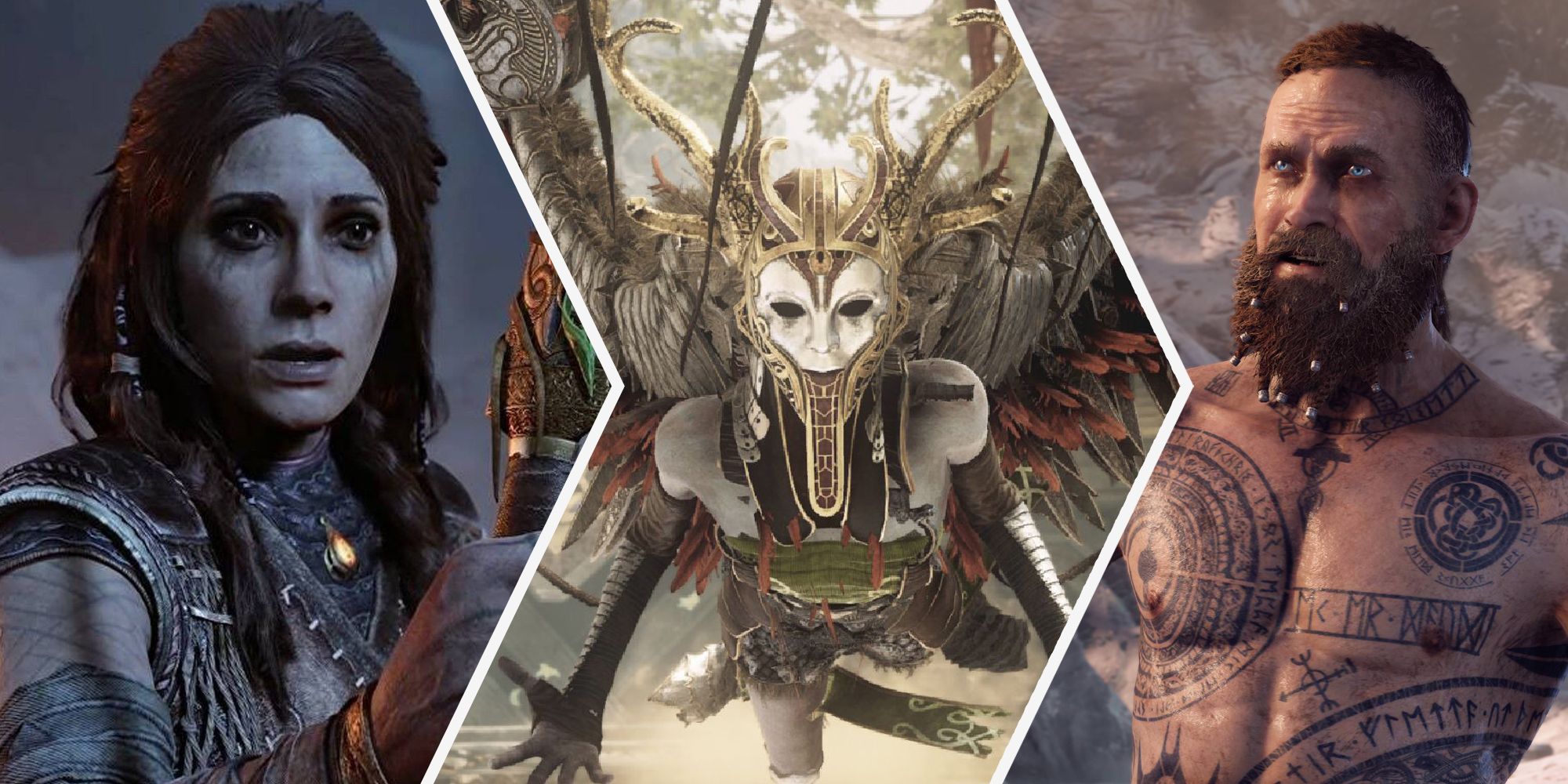
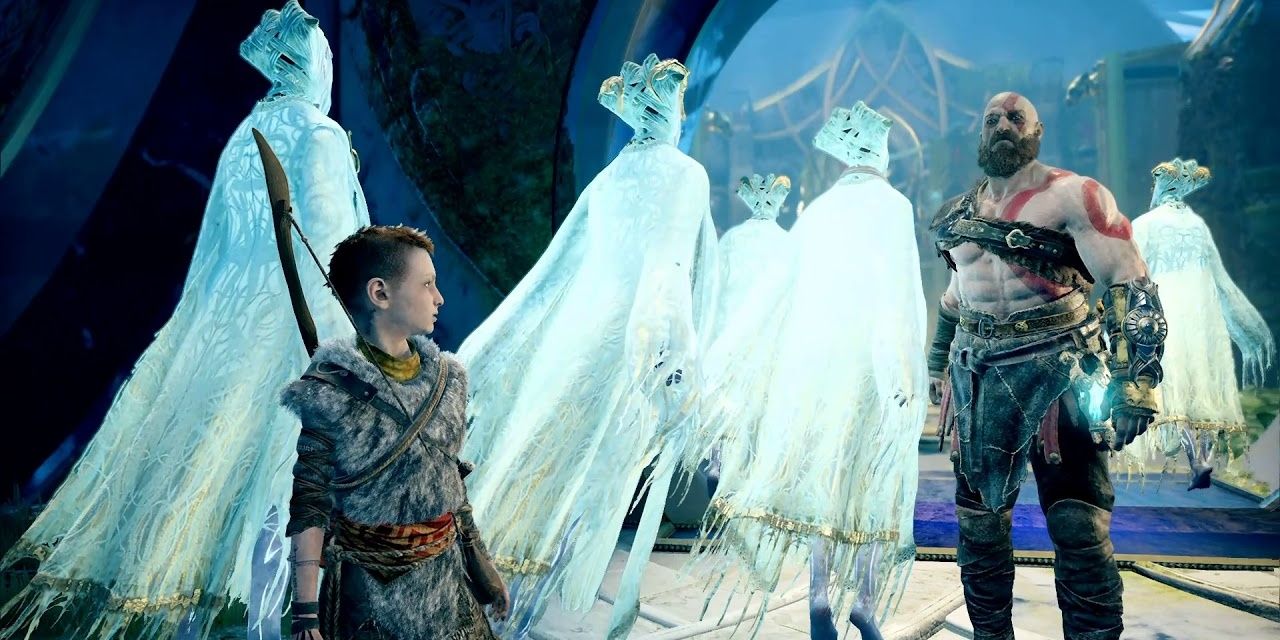
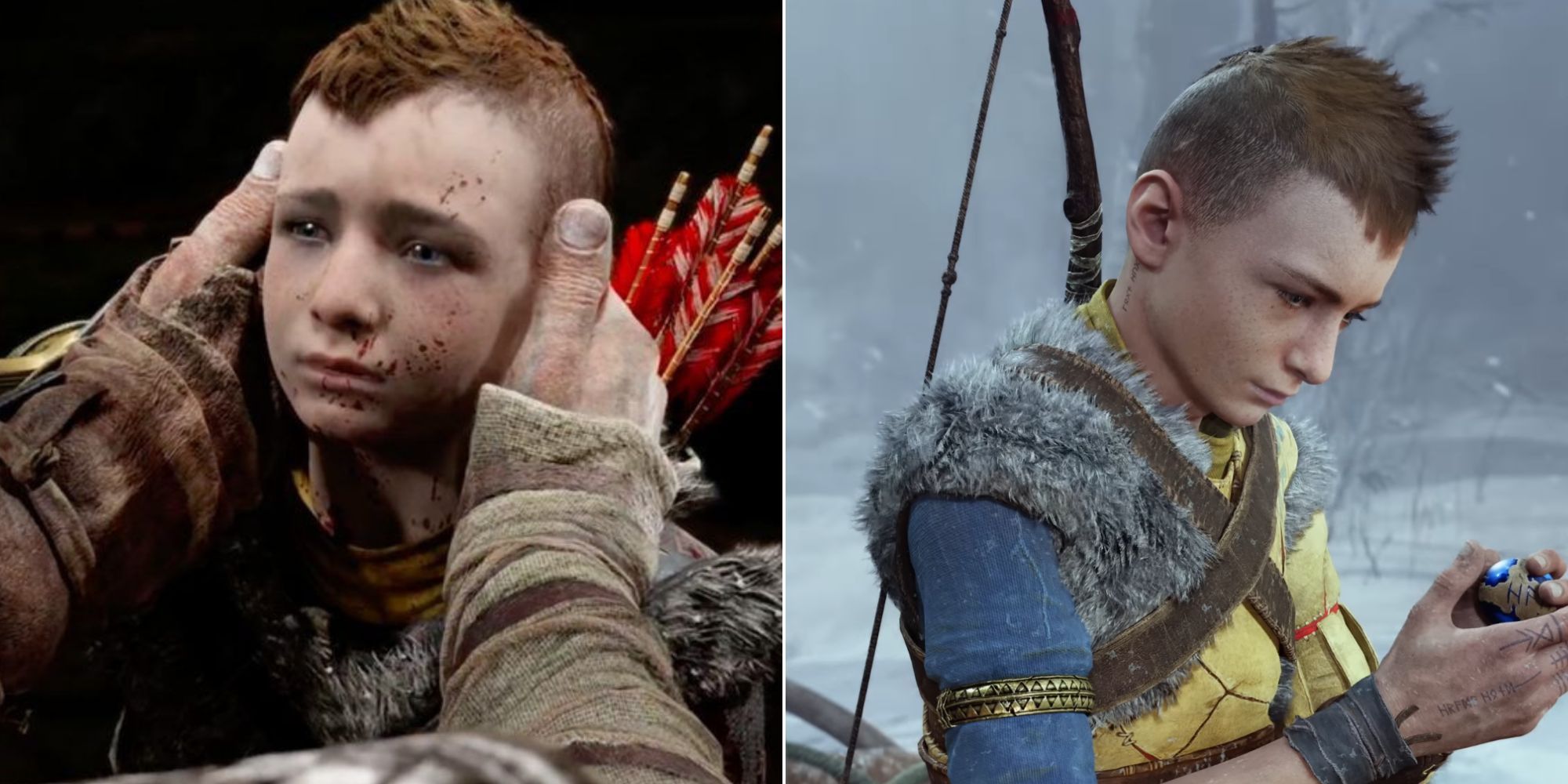
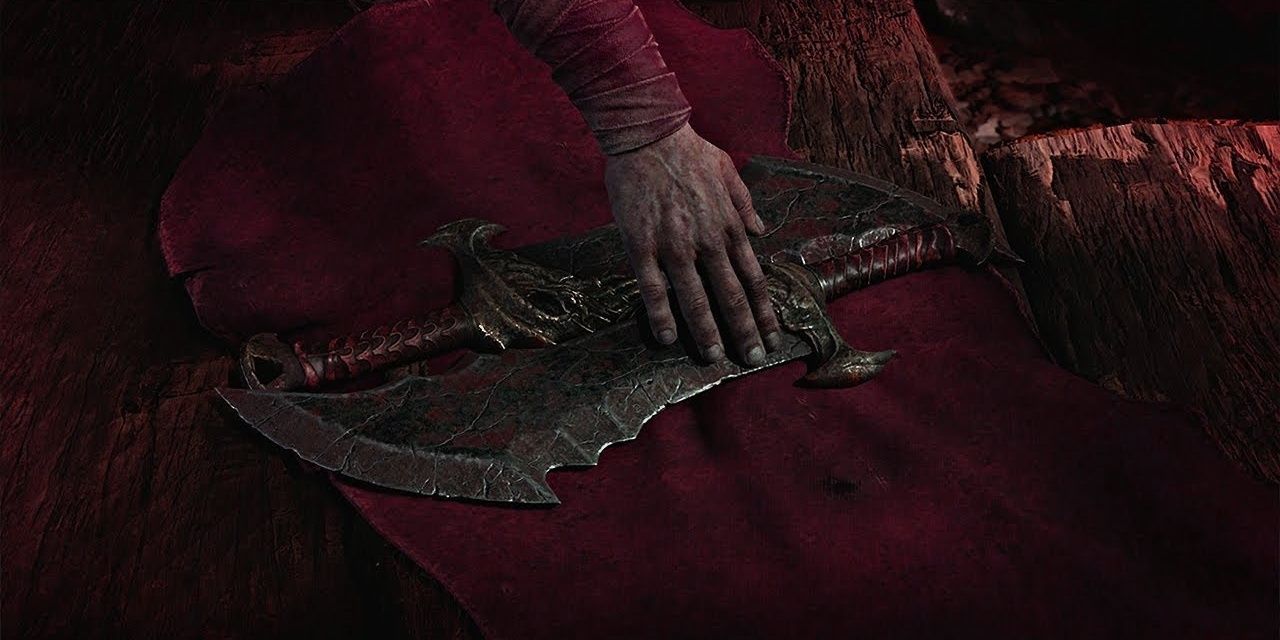
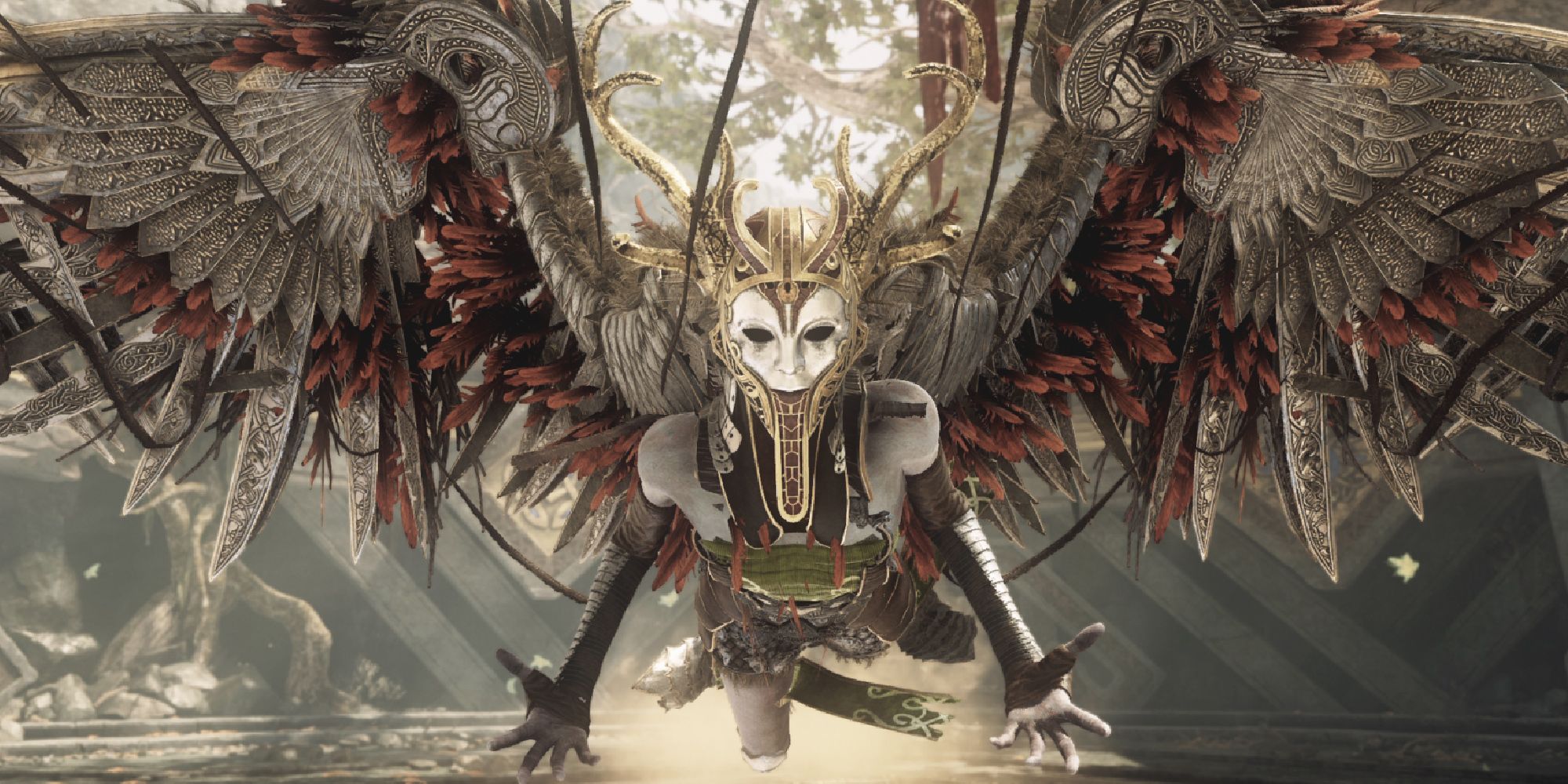
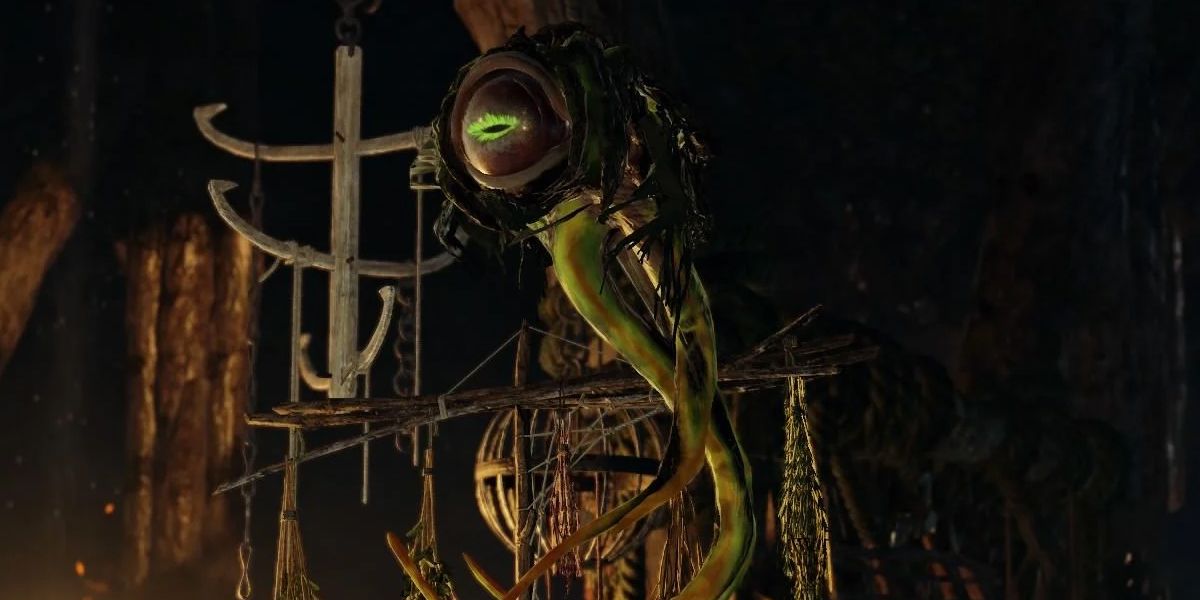
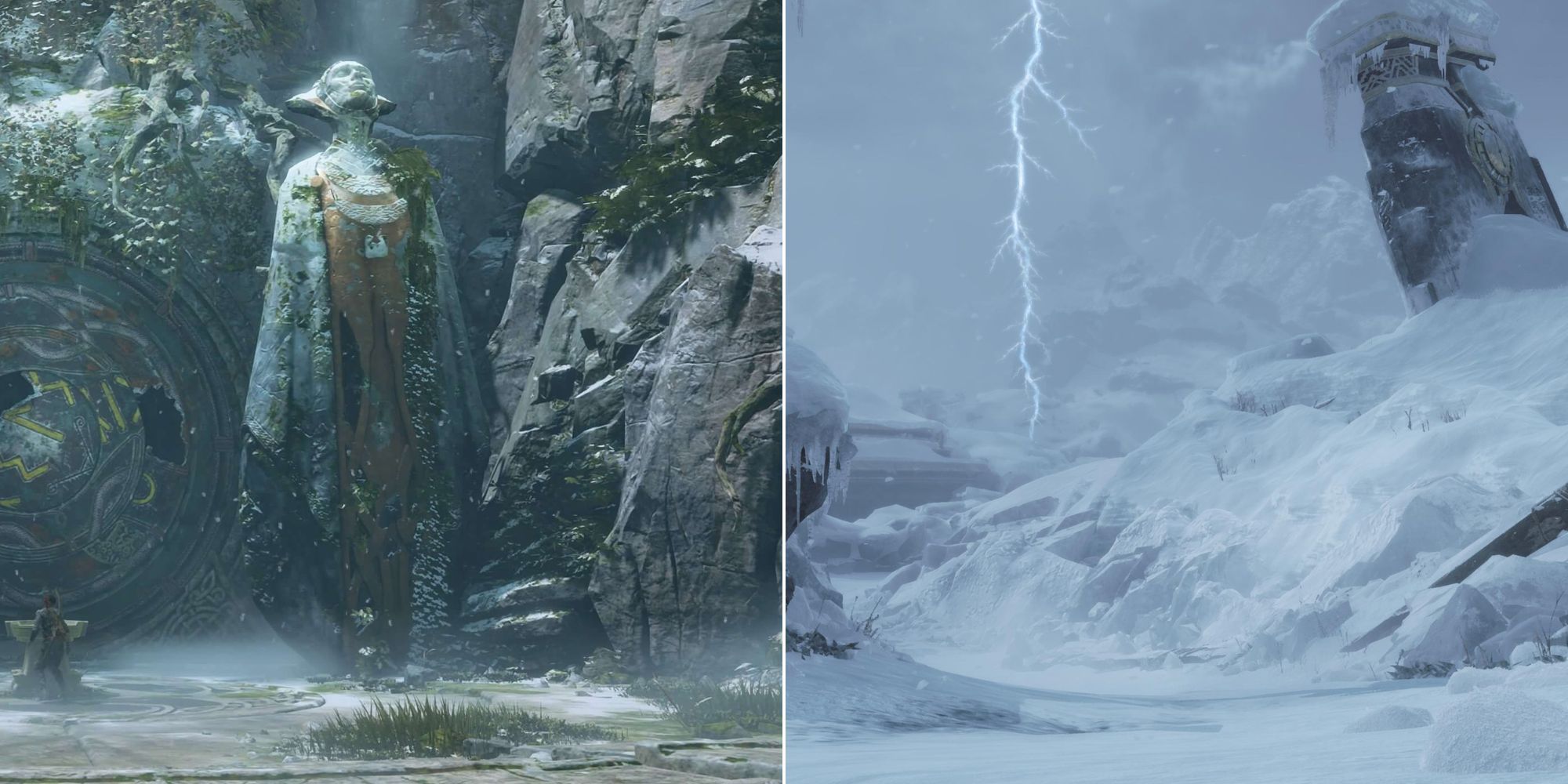
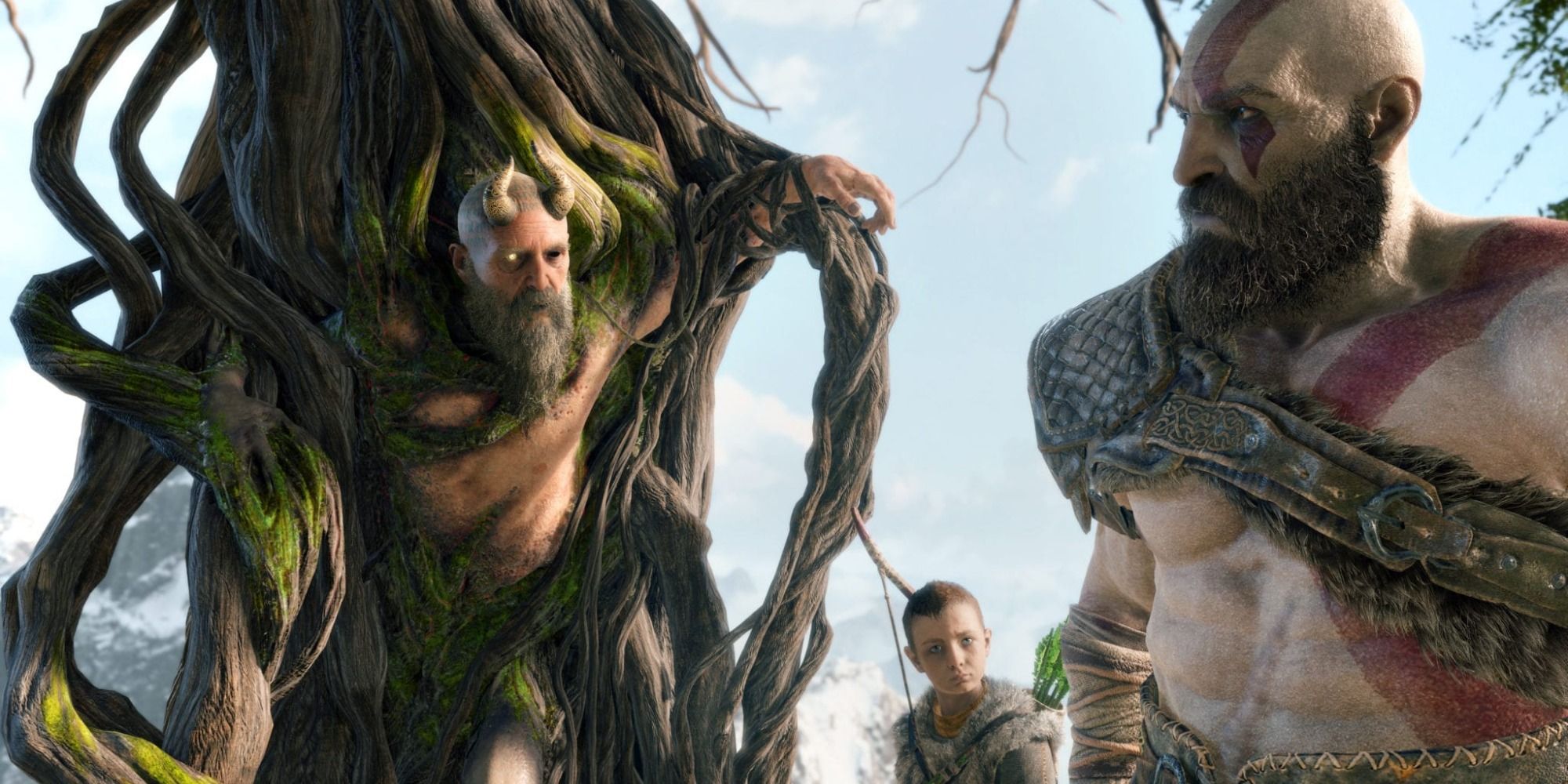
-Cropped.jpg)
